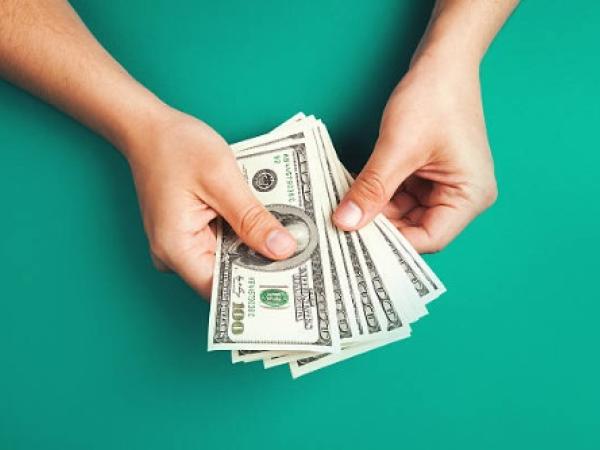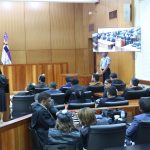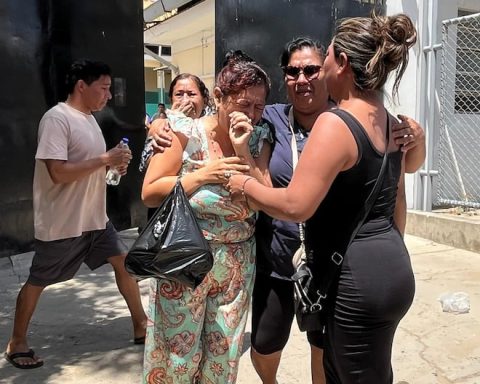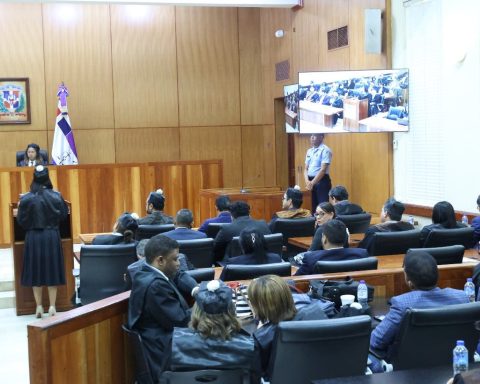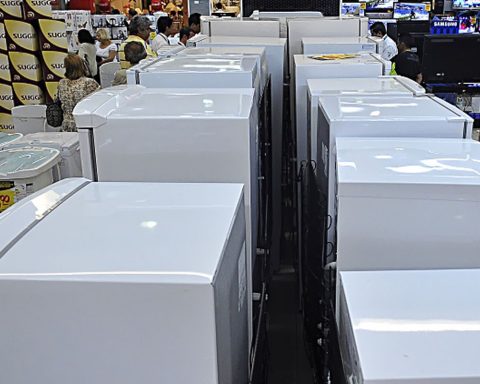ANDhe euro had never been at such a low level against the dollar since December 12, 2002 (a few months after its entry into operation), as it was yesterday, Friday, at 1.01 dollars, although in daily operations it reached 98 cents on the dollar, far from the maximum figure of 1.60 dollars that came to cost in 2008.
At the beginning of 2022, 1.14 dollars were given for each euro.
(Read: The effects that the price parity between the dollar and the euro would have).
This level of almost parity against the dollar is an example of the volatility that is being experienced in world markets due to high inflation, fears of a recession and increases in interest rates. in the United States and the European Union.
But the formula of raising rates to try to contain inflation has already been the recipe that the vast majority of central banks of the world.
The euro dipped below $1.01 in early European forex trading in a risk-off environment, with markets expecting it to soon reach parity against the dollar and even below that coin.
Several authorities of the European Central Bank said that an increase in the higher interest rates in September after raising them by 25 basis points in July.
The news that the US economy created in June 372,000 jobs, a number very similar to that of the month of May, generated greater strength in the US currency, a fact that has been reinforced in recent days with the announcement that the US Federal Reserve (Fed) is going to raise interest rates more aggressively, with higher and faster increases than the European Central Bank, and that is why the dollar rises.
Concern that Europe faces a recession has investors looking to the dollar for safety. Given the risk that Russia will further restrict gas supplies to Europe in the coming months, the implied probability that the euro will reach parity in the next month has increased.
Key aspects
Foreign exchange analyst Diego Rodríguez considers that there is an “interest rate differential between Europe and the United States, which has already raised them three times and in that sense people prefer the dollar.”
On the other hand, there is the energy crisis that Europe is facing because of the Russian invasion of Ukraine and the conflict that has been taking place since the end of February, and in this sense, it must be taken into account that the United States is a strong exporter of oil and Europe is a net importer.
The analyst says that a technical recession is going to be confirmed after two negative quarters and everything that has to do with the energy crisis that affects Europe the most and additionally causes an economy like Germany’s to face problems in its export base that affect in the short term.
A fourth reason is that at times, when there are doubts about at Global economy markets and investors seek refuge in the reserve currency and therefore there is more demand for dollars.
These factors are the ones that most influence the euro to seek parity against the dollar.
And that same dynamic is what happens around the world and currencies and with the DXY index, which measures the variation of six major currencies (yen, pound, euro, Swedish krona and Australian dollar).
The index of these currencies, in which the euro has the greatest weight, has been losing value and yesterday stood at a level of 107 points.
The pound, which maintains a higher value than the dollar, has nevertheless also been heavily devalued against the dollar in recent weeks.
Added to the problems already described and affecting the pound are the rate differential with the United States, the impact of Brexit (exit from the European Union) and the political change following the resignation of Prime Minister Boris Johnson.
The analyst considers that Latin American countries, when they saw that inflation was beginning to be a serious problem, their central banks began to raise rates and they did so a year before the FED and there the differential brought flows of dollars to the countries and therefore that at the beginning of the year there was, in general, a revaluation of currencies and raw materials (commodities) registered increases, which suggested a new super cycle of high prices.
(Also: The dollar outperformed the euro for the first time in history.)
On the other hand, Diego Gómez from Corficolombiana, a specialist in the entity’s foreign exchange market, considers that two or three months of strong volatility to go in the markets and that implies that there are risks in economic activity in the United States, but despite this factor, the FED is going to continue with a strong speech and rising rates to combat high inflation.
BRIEFCASE
